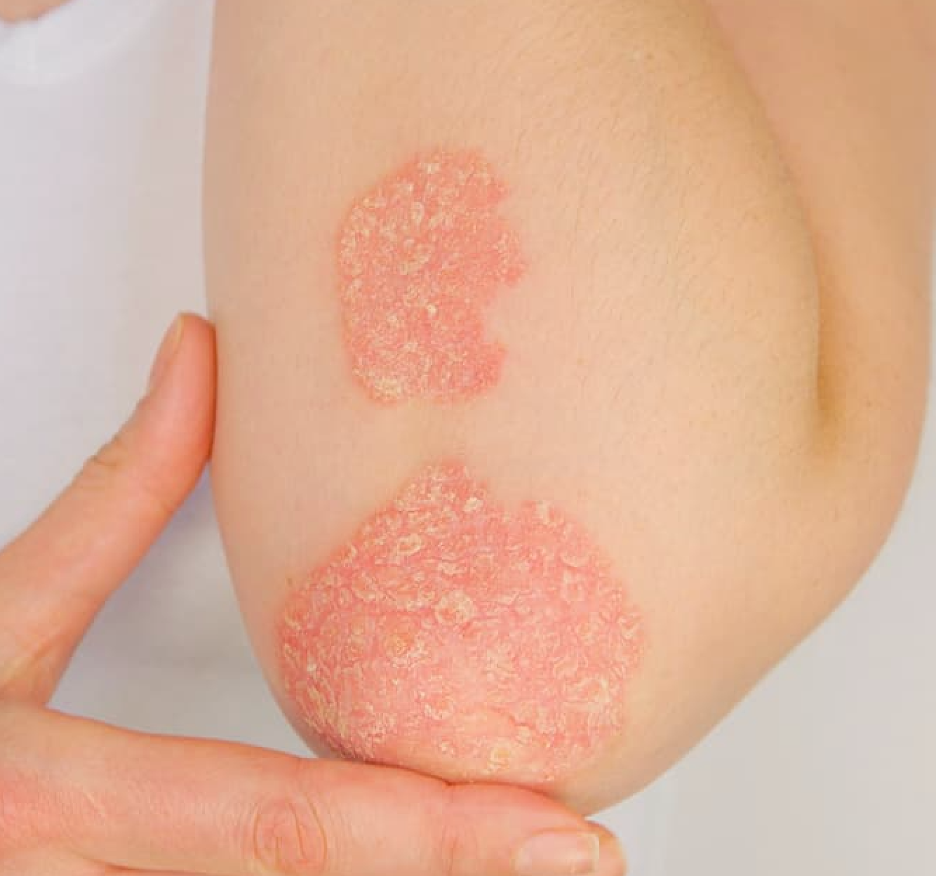Upadacitinib Improves Enthesitis Among Patients with Psoriatic Arthritis
The findings of this post-hoc analysis suggest a need for follow-up studies assessing and comparing JAK inhibition impact on the development of enthesitis.

Once-daily upadactinibib, 15 mg, leads to substantial improvements in enthesitis among psoriatic arthritis (PsA) patients, according to new findings, with sustained improvements observed following 12 weeks of treatment.1
These findings resulted from a recent post-hoc analysis of the SELECT-PsA 1 and 2 study findings. This analysis was led by Fabrizio Cantini, from the department of rheumatology at the Hospital of Prato’s Azienda USL Toscana Centro in Italy.
Cantini and colleagues noted that JAK inhibitor use had helped explore some of the pathways of enthesitis development. They added that upadacitinib, an oral, selective and reversible JAK inhibitor, is approved for treatment of PsA.
“In the long-term open-label extensions of SELECT-PsA 1 and 2, the benefits of upadacitinib on enthesitis were maintained for up to 2 years,” Cantini and colleagues wrote. “The objective of this post hoc analysis was to characterize further the effect of upadacitinib 15 mg QD, the approved upadacitinib dose for the treatment of PsA, on enthesitis in these studies.”2,3
Background and Methods
The investigators first acknowledged the previously-detailed methodologies of the phase 3, randomized, placebo-controlled SELECT-PsA 1 and 2 studies, noting that SELECT-PsA 1 recruited subjects with active PsA and intolerance or insufficient response to 1 or more non-biologic disease-modifying antirheumatic drugs (DMARDs).
Those involved in SELECT-PsA 1 had been randomized to be treated with upadacitinib 15 mg QD, upadacitinib 30 mg QD, adalimumab 40 mg during every other week, or placebo.
Those recruited for the SELECT-PsA 2 study had active PsA and an intolerance or inadequate response to 1 or more bDMARDs, and the investigators randomized to upadacitinib 15 mg QD, placebo, or upadacitinib 30 mg QD. Participants initially who had been given placebo in both studies switched to upadacitinib 15 mg QD or upadacitinib 30 mg QD at week 24, with blinding being continued until the 56-week mark.
The information drawn from both of these studies were combined by the team for the post-hoc analysis by treatment sequence. The investigators looked at outcomes among those who had received 1 of the following:
- Placebo from baseline to 24 weeks (placebo cohort) including subjects given upadacitinib afterward;
- Placebo from the point of baseline to the 24-week mark, followed by upadacitinib 15 mg QD from weeks 24–56 (placebo to upadacitinib 15 mg cohort);
- Continuous upadacitinib 15 mg QD from the point of baseline to the 56-week mark (upadacitinib 15 mg cohort);
- Continuous adalimumab 40 mg during every other week in the study.
Those who had switched from placebo to 30 mg of upadacitinib at the 24-week mark were only included in the analysis of the placebo prior to the switch because this dose had not been approved for treatment of PsA.
The investigators utilized the Leeds Enthesitis Index (LEI) and the Spondyloarthritis Research Consortium of Canada (SPARCC) index for their evaluation of improvements made in enthesitis. The team also used these indexes for their assessment of resolution of enthesitis, maintenance of such resolutions, and protection from development of enthesitis through week 56.
Findings
The investigators carried out their assessment of the pooled data on a total of 639 subjects who had 15 mg of upadacitinib and 635 subjects who had been in the placebo arm. This also included a total of 317 individuals who had transitioned from placebo to 15 mg upadacitinib.
The research team reported that those treated with 15 mg upadacitinib ended up having superior outcomes versus placebo at the 24-week mark, with higher rates of enthesitis resolution. Their LEI scores showed rates of 59.8% versus 38.0% for placebo, and their SPARCC index scores showed rates of 50.6% versus 31.5%, respectively.
Additionally, the investigators noted substantial enhancements had been seen in the LEI (-1.7 versus -1.0) and the SPARCC index (-3.4 versus -1.9), with these changes being sustained up to the 56-week mark and discernible enhancements being reported following 12 weeks of treatment with upadacitinib.
The research team found that over 90% of subjects with no enthesitis (LEI = 0) during the study’s outset and were given upadacitinib 15 mg continued to be free from enthesitis at the 56-week mark. The treatment was also shown by the team to have effectively prevented enthesitis recurrence at this point among more than 80% of subjects who had enthesitis at baseline and had resolved (LEI = 0) by 24 weeks.
“Pre-clinical studies suggest a fundamental role for JAK signalling in the pathogenesis of enthesitis, and upadacitinib has been shown to inhibit the phosphorylation of the signalling molecule STAT1 in entheseal cells, leading to reduced production of the inflammatory cytokines TNF and IL-17,” they wrote. “Therefore, it is plausible that patients receiving JAK inhibitors may have improvement in enthesitis-related clinical outcomes because of reduced production of cytokines involved in development of enthesitis.”
The investigators did note, however, that additional research may be needed which is specifically aimed at assessment and comparison between JAK inhibitors’ effects on the development of enthesitis.
References
- Cantini F, Marchesoni A, Novelli L, et al. Effects of upadacitinib on enthesitis in patients with psoriatic arthritis: a post hoc analysis of SELECT-PsA 1 and 2. Rheumatology (Oxford). Published online February 8, 2024. doi:10.1093/rheumatology/keae057.
- Mease PJ, Setty A, Papp K et al. Long-term efficacy and safety of upadacitinib in patients with psoriatic arthritis refractory to biologic therapies: 2-year results from the Phase 3 SELECT-PsA 2 study. Ann Rheum Dis 2022;81:836–7.
- Rinvoq. Summary of product characteristics, 2022. https://www.ema.europa.eu/en/documents/product-information/rinvoq-epar-product-information_en.pdf (23 November 2022, date last accessed).